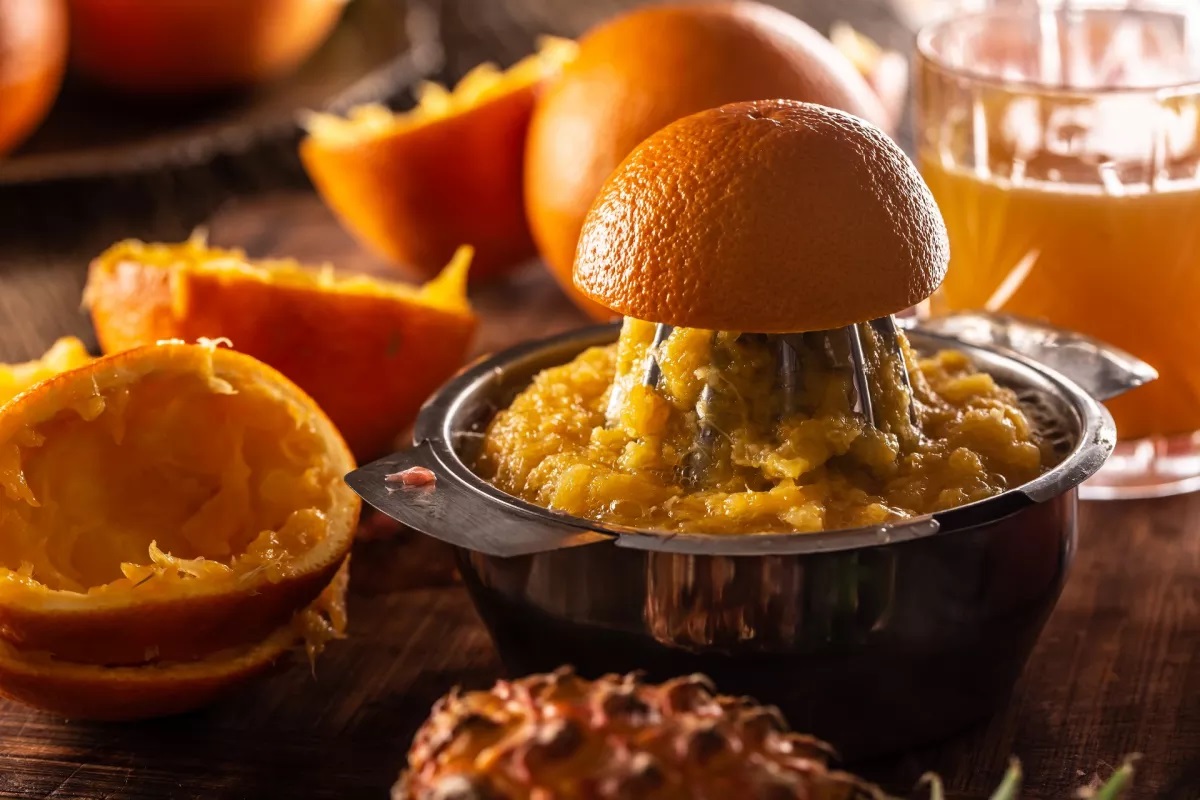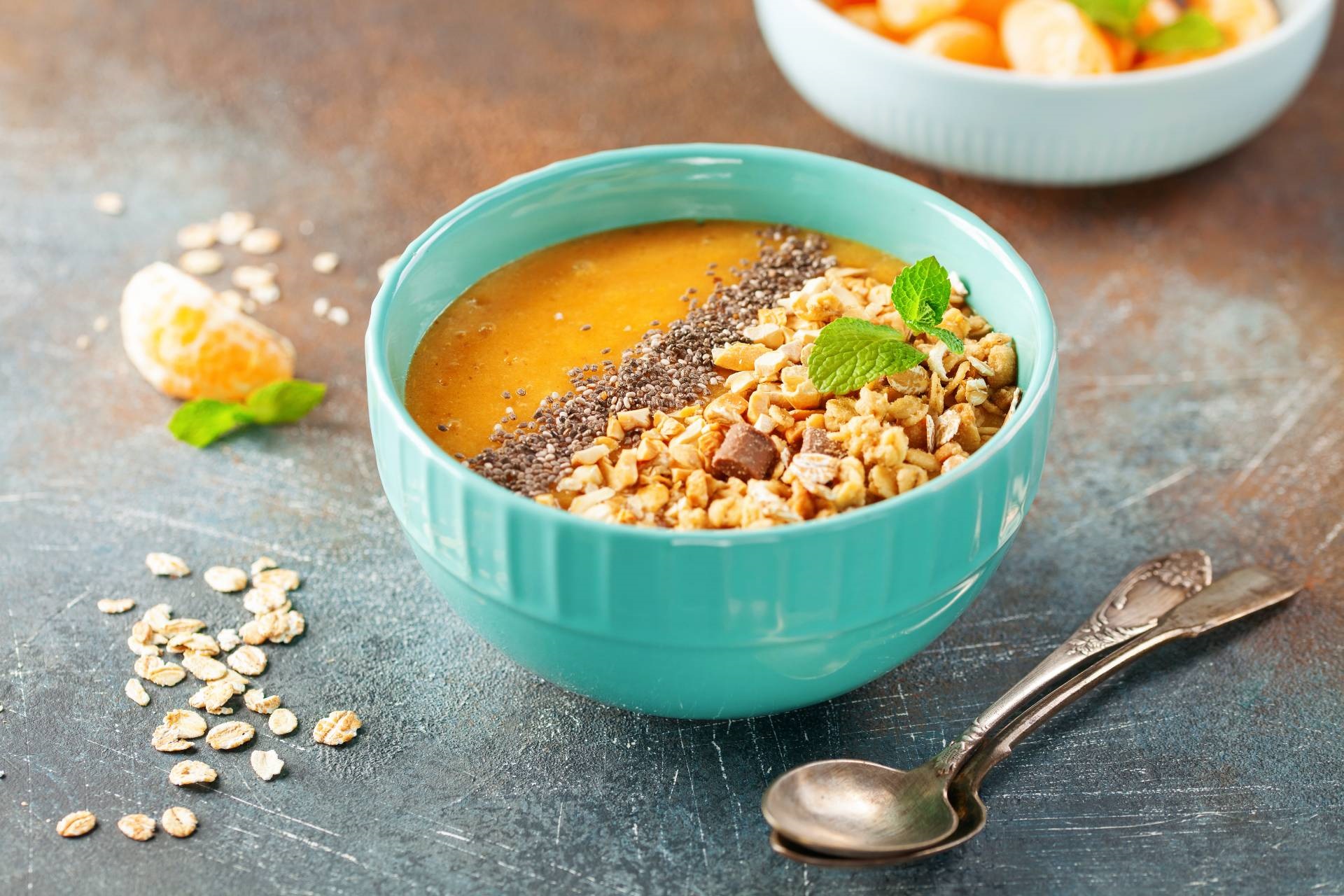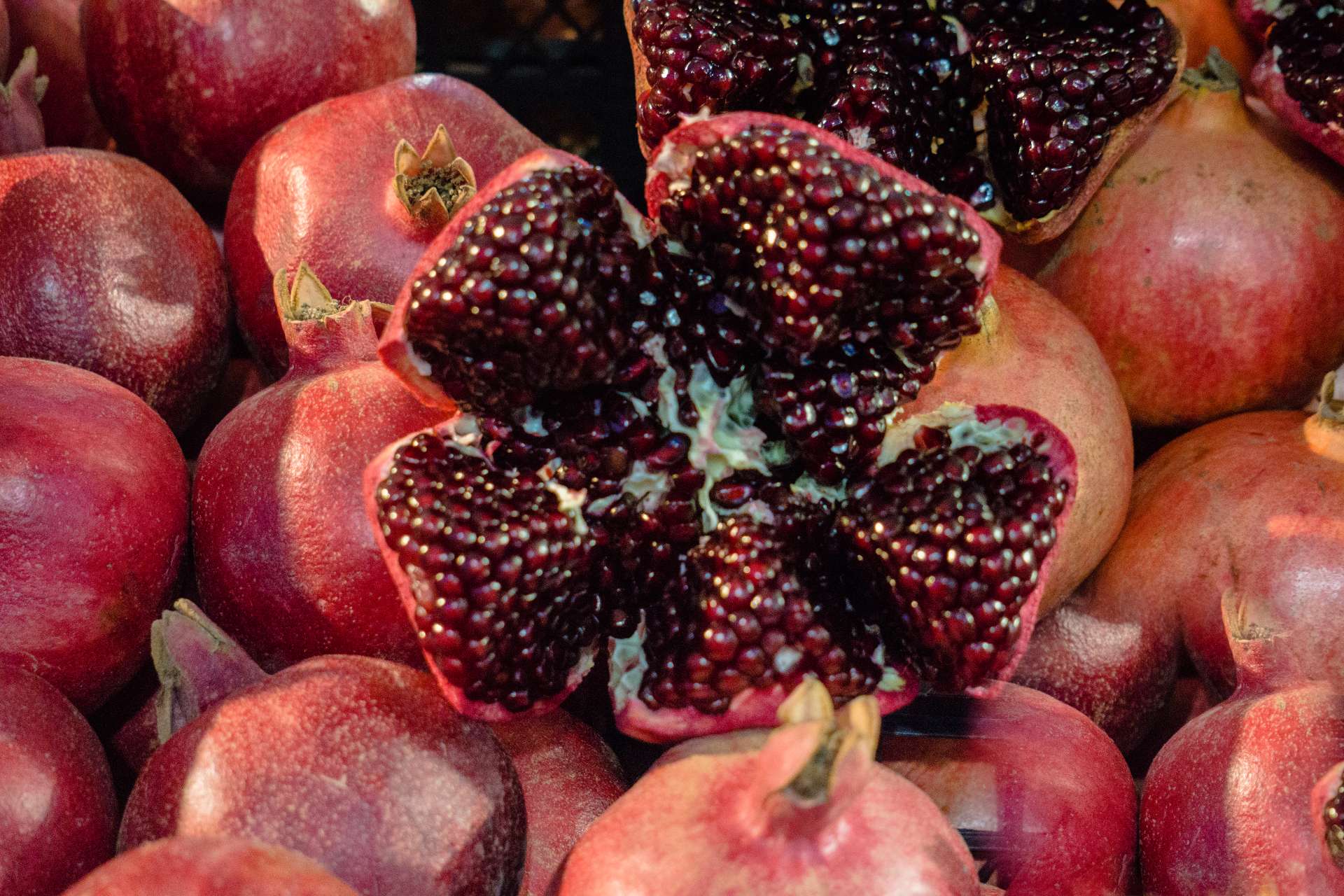 If you enjoy making delicious, vitamin-packed juices, or adding a squeeze of zesty lemon or lime juice to your cooking, you’re probably used to finding yourself with a lot of leftover fruit that you’re not quite sure what to do with.
If you enjoy making delicious, vitamin-packed juices, or adding a squeeze of zesty lemon or lime juice to your cooking, you’re probably used to finding yourself with a lot of leftover fruit that you’re not quite sure what to do with.
When it comes to lemon peel, there are plenty of solutions, and you can find some useful tips in our guide to different uses for lemon peel. But there is a lot of goodness in the leftover pulp, too, including most of the fibre. Find out how to put that fruit to good use with these clever kitchen hacks, and you’ll never need to throw pulp away again.
Seven ways to reuse your leftover fruit juice pulp
Add interest to smoothies
Try adding some nutritious pulp to the blender when you make your next breakfast smoothie. This will add both flavour and texture, giving the smoothie a thick, milkshake like consistency. It will also add extra nutrients and plenty of fibre, so you’ll feel fuller for longer, and not be tempted to snack between meals.
Make flavoured ice cubes
We all know how important it is to stay hydrated, but the taste of plain water can get a little boring sometimes. Ice cubes made with fruit pulp can be a great way to add some fruity flavour to your glass of water, not to mention extra nutrients. Just add some fruit pulp to your ice cube tray along with the water and freeze for easy fruity ice cubes.
Liven up pancakes
Add some juicy fruit pulp to your pancake batter for a burst of fruity flavour and some added texture. The pulp will also provide some extra moisture, so you may want to reduce some of your other wet ingredients a little.
Make chewy fruit leathers
Turn your leftover pulp into fruit leathers, a delicious and healthy fruit candy. All you need to do is press the pulp and lay it evenly on a lined baking sheet, then put the sheet in a dehydrator, or in the oven on its lowest setting for 12 to 14 hours. Once the fruit is dried, cut it into strips and enjoy.
Make popsicles
Make your popsicles into ‘pulpsicles’ by sprinkling some leftover fruit pulp into your popsicle moulds before you pour in the juice. A bit of extra pulp adds flavour, texture and nutrients to your favourite iced treat.
Add to homemade granola
Give your homemade granola and energy bars an extra dose of vitamins and minerals and a delicious fruity flavour with some added pulp. Try using a cup of pulp for every three cups of oats for a healthier, fruitier granola.
Add to baked goods
Make healthier versions of your favourite baked goods by adding juicy fruit pulp. The extra liquid from the fruit means you can cut some of the fat from the recipe and it will still stay moist.
Most used fruits for juicing
Now you know what to do with your leftover pulp, you can get juicing without worrying about waste. If you’re looking for some inspiration for your next juice mix, here are some of the most popular fruits used in juicing.
Apples
With their crisp, sweet flavour, apples are a firm favourite with juicers. They are a great source of fibre, potassium and antioxidants, but they are also high in sugars, so avoid drinking too much.
Oranges
Oranges are well known as an excellent source of vitamin C, which helps maintain a healthy immune system. Orange juice is best enjoyed immediately after juicing, as oranges contain a substance called limonin, which can turn the juice bitter if left for too long.
Grapes
Grapes are a popular choice with sweet-toothed juice fans. Seedless varieties are easier to blend, but if you find a seeded variety you particularly enjoy, you can remove the seeds by heating them on the stove until they split, then pushing the pulp through a sieve.
Pomegranates
Sometimes referred to as a superfood due to their high antioxidant content, pomegranates are another popular choice. They have a distinctive, sweet-tart flavour and a beautiful ruby-red colour, but they can be tricky to peel, so allow for some extra prep time.
Blueberries
Blueberries are another antioxidant-rich fruit, and they are also a great source of B vitamins. They have a delicate, fruity flavour, and an attractive blue colour. It would take a lot of blueberries to make a decent amount of juice, though, so they are often paired with other fruits like apples or cranberries.
Pineapples
Pineapples are a good source of vitamin C and manganese, and they add a fun, tropical flavour to juices and cocktails. Pineapple juice by itself is too sweet for most palates, but it tastes great with creamy coconut milk, or as part of a freshly made piña colada.
Peaches
Peaches are high in antioxidants and have a mellow, sweet flavour. For the largest, juiciest fruits, wait until late summer, when they are at their best.
Cranberries
Cranberries are another antioxidant-rich ‘superfood’, and cranberry juice is often taken as a cure for urinary tract infections. They have a very tart flavour, and are best mixed with other fruits. Some of the substances found in cranberries can interfere with certain medicines, so consult your doctor first if you’re planning on drinking cranberry juice regularly.
Lemons
An excellent source of vitamin C, lemon juice is used to balance overly-sweet juices, or in cooking, as it is too sour to drink by itself. Many people choose to juice a large batch of lemons and store it in the fridge or freezer for later.
Mangoes
Mangoes have a rich, nectar-sweet flavour, and are high in antioxidants. They are popular in both juices and smoothies, but be sure to remove all the skin before you add them to the blender, as it contains potentially harmful toxins.
Post time: Jul-16-2022



